bacteria
Latest

Here’s a video of Doom running on gut bacteria, proving you really can play the game on anything
An MIT researcher has gotten the 30-year-old computer game Doom running on actual gut bacteria. The frame rate is really bad, as the game would take nearly 600 years to beat.
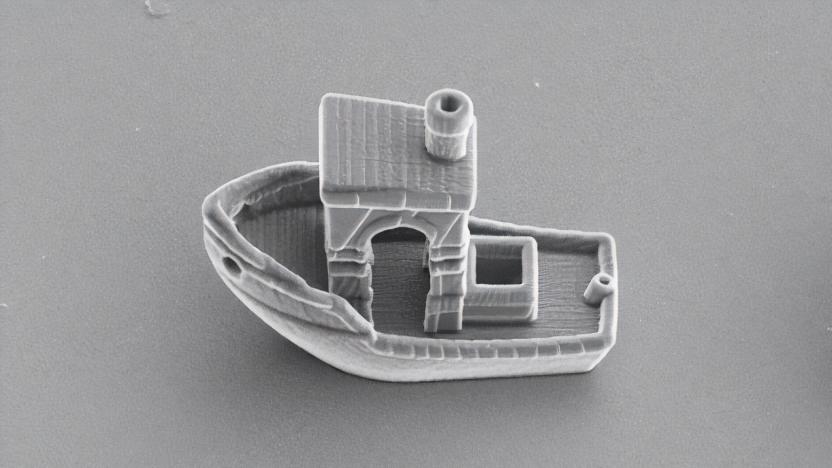
Researchers 3D-printed a cell-sized tugboat
Physicists at Leiden University in the Netherlands have 3D printed the world’s smallest boat, a test object known as Benchy.

LG unveils the first Tone Free wireless earphones with ANC
LG's HBS-FN7 is the first Tone Free model with active noise cancellation that lets you tune out your environment.

LG's Tone Free wireless earbuds with germ-killing case arrive in the US
LG’s flagship Tone Free wireless earbuds have arrived in the US with a feature you don’t see every day. They come with LG’s UVnano charging case that the company claims can kill 99.9 percent of bacteria with ultraviolet light during the charging cycle — a notable feature during a pandemic.
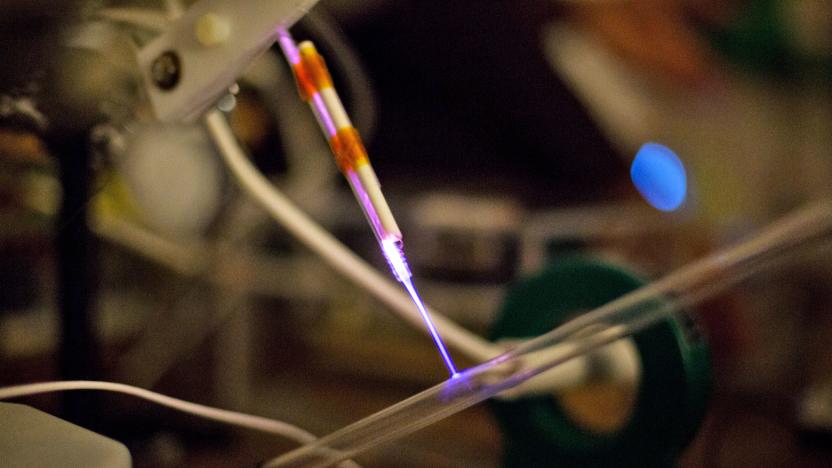
Portable 'cold plasma' wand prototype could destroy germs in seconds
Engineers from the University of Michigan created a plasma jet wand to disinfect hospital rooms.
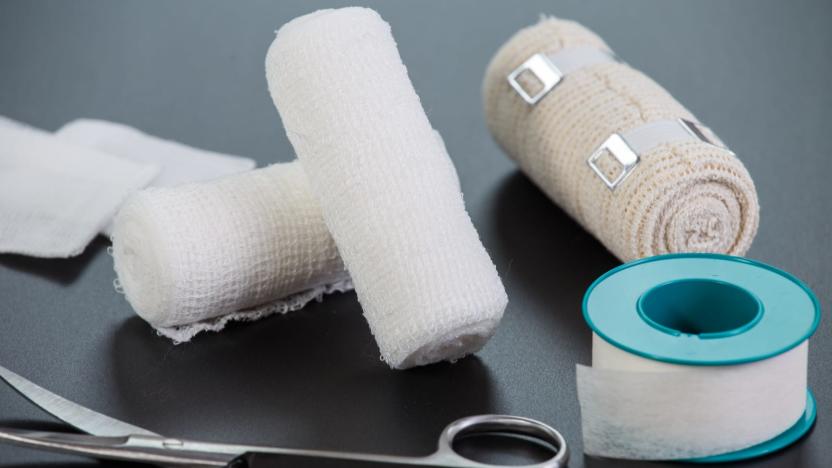
Color-changing bandages detect and treat drug-resistant infections
It may sound dramatic, but antibiotic resistance is one of the biggest threats to global health. According to the World Health Organization (WHO), it's urgent that we change the way we prescribe and use antibiotics. One approach might be to use bandages that sense and treat bacterial infections, even when the pathogen shows resistance. In a paper published by ACS Central Science, researchers from the Chinese Academy of Science explain how they've developed a way to do just that.
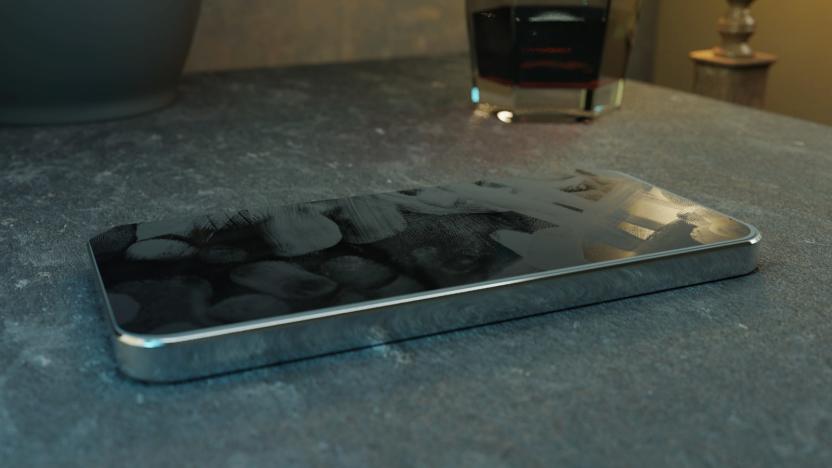
OtterBox made a 'bacteria-killing' screen protector for your phone
Face it, your phone screen is filthy. Think about all those times you texted from the toilet or scrolled through Instagram while riding the subway: Those streaks on your screen are not only schmutz but also breeding grounds for bacteria. That's where OtterBox's Amplify Glass Anti-Microbial comes in.
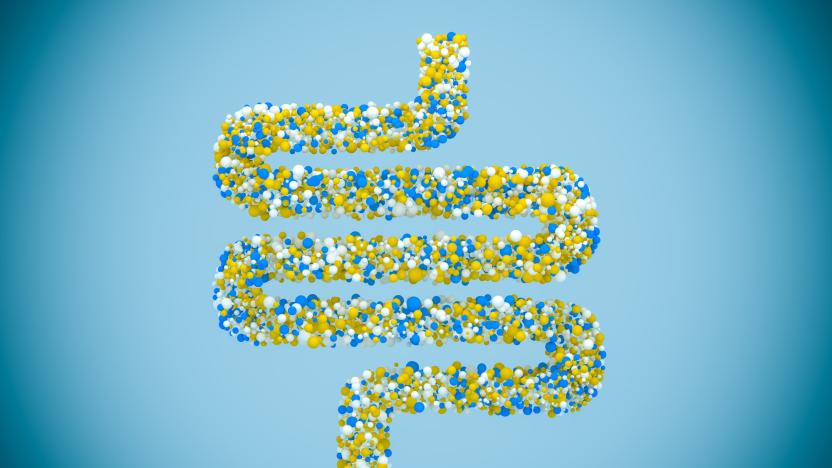
Scientists create gut gel 'band-aid' made from the body's own bacteria
If you get a cut on your skin, you stick a band-aid on it. But what if you get a wound in your gut? When doctors treat injuries to the intestines, they can't use patches or bandages because these materials don't stick to the slippery intestinal walls. Now, a team from Harvard University has come up with a solution for this problem by using the body's own bacteria in a gel form.

Bacteria from your gut may be the key to running farther
What separates average athletes from elite ones? Aside from years and years of training, dedication to the craft and natural advantages, it may have to do with what is in your gut. In a paper published this week in Nature Medicine, researchers from the Wyss Institute at Harvard revealed that a particular type of bacteria called Veillonella was found in higher quantities in marathon runners. That bacteria could lead to better performance.

Gene-modified viruses rescue patient from drug-resistant 'superbug'
Doctors normally resort to bacteriophages (bacteria-killing viruses) to kill antibiotic-resistant "superbugs" only when they've run out of options, in part because it's difficult to find the ideal example. It can take months or more just to find a viable candidate. However, they might have a faster solution -- researchers have successfully used genetically modified viruses to treat a chronic, resistant infection in a teenage girl who otherwise faced a bleak prognosis following a lung transplant.

The ISS is crawling with nasty bacteria
NASA scientists have found that the International Space Station (ISS), home to six astronauts, is infested with disease-inducing bacteria. Many of the organisms breeding on the craft's surfaces are known to form both bacterial and fungal biofilms that promote resistance to antibiotics. The NASA team published their findings in a new study -- the first comprehensive catalog of germs in closed space systems -- in the journal Microbiome. The biofilms ability to cause microbial-induced corrosion on Earth could also play havoc with the ISS' infrastructure by causing mechanical blockages, claim the researchers.

Jaguar Land Rover thinks its cars can stop diseases from spreading
Tesla's Bioweapon Defense Mode might have nothing on what Jaguar Land Rover does to fight pathogens. The British automaker is exploring the use of ultraviolet light to kill bacteria, viruses and allergens in the cabin. The air conditioning system inside future vehicles would blast the unwanted organisms with medical-grade UV-C light, breaking down the intruder's DNA and rendering it harmless.
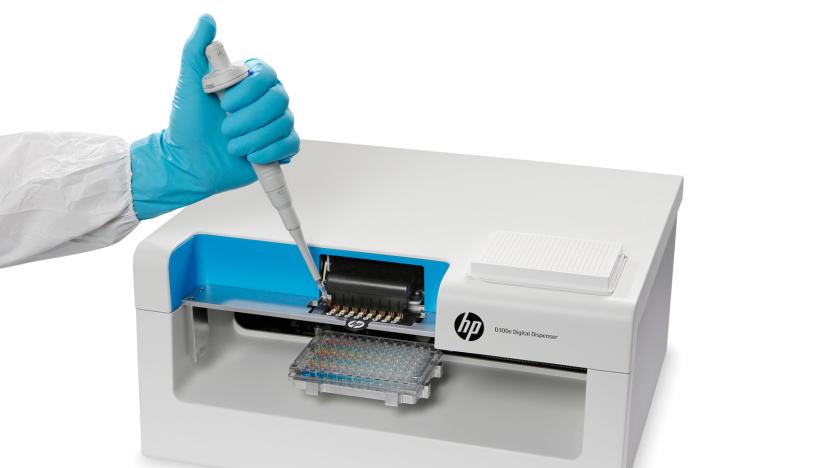
CDC uses HP bioprinters to speed up testing for new antibiotics
The Center for Disease Control and Prevention is turning to some bleeding edge tech in its bid to stamp out drug-resistant 'superbug' bacteria. It's buying a slew of HP bioprinters (the D300e you see above) as part of a pilot program that could speed up the testing of more effective antibiotics. The machines will give regional labs in New York, Minnesota, Tennessee and Wisconsin their first shot at printing drug samples used for developing and running antimicrobial susceptibility tests. Hospitals won't have to wait for testing or else risk mistakes like overusing drugs.

NASA looks to build a robot that can search other planets for bacteria
While NASA's rovers have looked for signs of life outside of our world, they haven't searched for life directly. But Melissa Floyd, a scientist at NASA's Goddard Space Flight Center, is working on a device that might change that. She wants to build an instrument that could look through soil and rock samples for evidence of bacteria or another type of single-celled microorganism called archaea. These organisms are thought to have been the first to appear on Earth and Floyd began to wonder if maybe life on nearby planets evolved like it did on our own. "I had this idea, actually a major assumption on my part: what if life evolved on Mars the same way it did here on Earth? Certainly, Mars was bombarded with the same soup of chemistry as Earth," Floyd said in a statement.
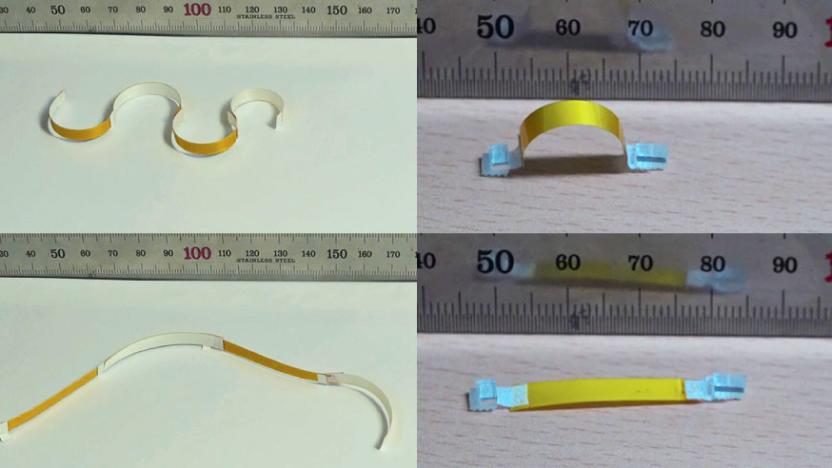
Researchers create tiny robots powered only by moisture
Tiny robots that can move on their own stand to have a variety of uses in fields ranging from medicine to the military. But having to supply them with constant power is a bit of a hindrance, especially when that power poses a safety hazard -- you can't really have robots running around a human body if their batteries are at risk of exploding. However, in a new study, researchers turn to plants in order to get around this problem and the result is a tiny, inchworm-like robot that runs on humidity.

MIT researchers made a living ink that responds to its surroundings
Researchers at MIT have developed a 3D printable hydrogel that can sense and respond to stimuli. The hydrogel is loaded with bacteria that can be genetically programmed to light-up when they come in contact with certain chemicals and, therefore, could be used as living sensors.

3D-printed bacteria ink could be used to treat burns
In a new study published today in Science Advances, researchers present a 3D-printable ink that contains bacteria and they say that depending on what species of bacteria it holds, the ink stands to have a number of useful applications. "Printing using bacteria-containing hydrogels has enormous potential, as there is such a wide range of useful bacteria out there," Patrick Rühs, an author of the study, said in a statement.

Super-powered bacteria can harness light for fuels and plastics
Researchers have been working on improving the photosynthetic process for some time -- trying to use light to create energy but doing so in a way that's much more efficient than chlorophyll. For plants, chlorophyll works well, but to use photosynthesis to create products like fuels or polymers, we need something that works faster and generates more output. Researchers at the University of California, Berkeley have come up with a method that does just that and they're presenting their work this week at the National Meeting and Exposition of the American Chemical Society.

Genetically modified yeast mops up heavy metal pollution
Environmental scientists dream of eliminating pollution with natural resources, but that's tricky when it comes to heavy metals. Plants won't work for cleaning polluted water, and only some of them grow large enough to absorb those toxic materials. Researchers may have a relatively simple answer to the problem, though: genetically engineered baker's yeast. Their modified organism uses a cell membrane 'anchor,' and peptides that bind with metals like cadmium, copper and nickel to absorb their ions. The result? The best yeast strains can mop up 80 percent of metal ions without nasty effects -- you'd just have to scoop up the yeast after a cleanup operation.
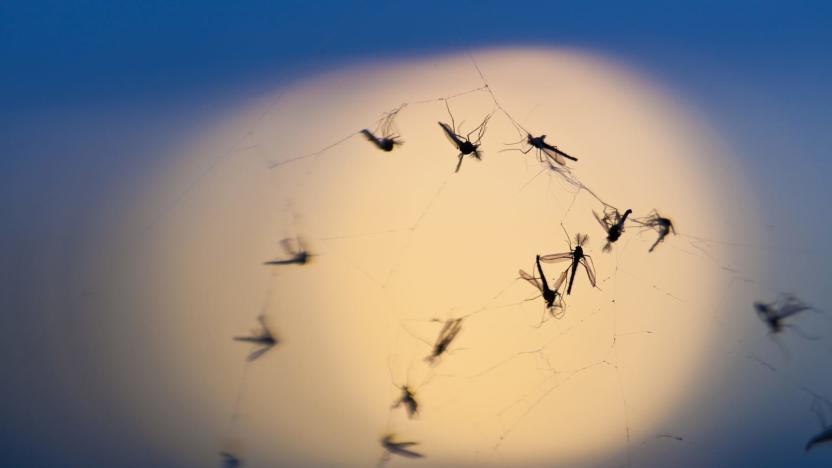
Verily's answer to Fresno's mosquito woes is 20 million more
Last year, executives of Alphabet's life science arm, Verily, discussed a project aimed at controlling invasive mosquito populations, the results of which are now going into effect. To combat the mosquito species that carries viruses like Zika and dengue, the company will release a ton of bacteria-infected male mosquitoes in Fresno, California where they should drastically bring down numbers of wild mosquitoes.








